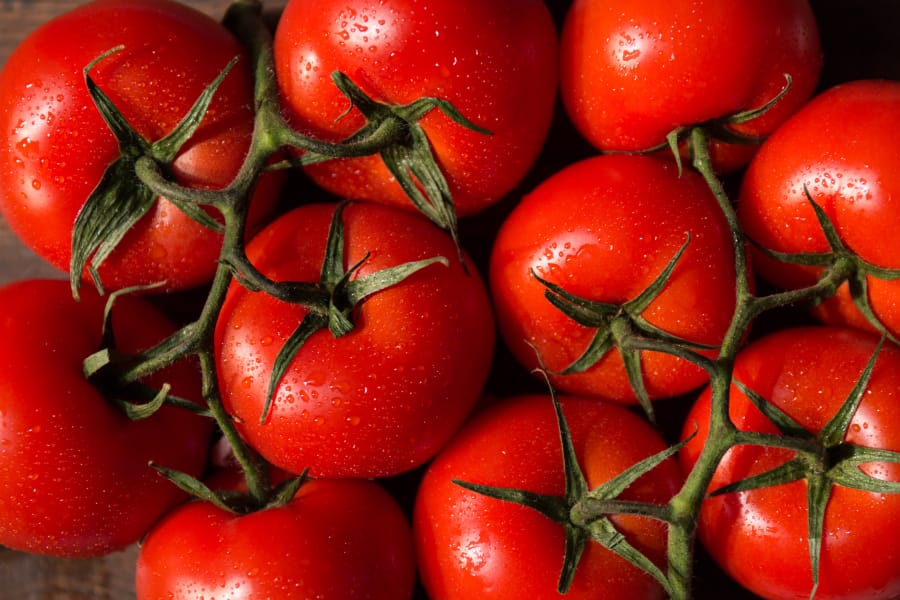How many tomato products are in your pantry, refrigerator or freezer? Go ahead, count. I will still be here when you get back.
My guess is there are at least 7-10 different forms of tomatoes in an average kitchen. Tomatoes are some of the most versatile fruits because they actually cross over to vegetable uses. As a matter of fact, Encyclopedia Britannica argues it is a ‘culinary vegetable’ even though it is technically a berry fruit.
Tomatoes also sit right on the line of a high-acid food and a low-acid food with acid levels between 4.0 and 4.7 pH. That means you can preserve tomatoes using either a hot-water-bath canner or a pressure canner, depending on your tomato recipe and the tomato product you are preserving. Always be sure to follow the recipe’s recommended processing methods for each individual recipe. According to the USDA, both preservation methods require that you add a small amount of commercially produced lemon juice (not fresh juice) or 5 percent vinegar to make them safe from unwanted bacteria. If you want, you can add a little sugar to offset the acid flavor.
Now let’s get back to the types of tomatoes you found in your home. In my house, I have frozen spaghetti sauce since I always cook enough for the big family I was raised in, but you can also find ketchup, tomato sauce, tomato paste, taco seasoning, lasagna sauce, enchilada sauce, stewed tomatoes, salsa, tomato soup and fresh tomatoes… I’d guess you can probably find fresh tomatoes in your vegetable bowl on the counter where they can safely hang out for about a week once they are ripe. It is not recommended to initially place them in the refrigerator since they taste best when kept at room temperature. Of course, you can refrigerate them if you won’t use them before they spoil. Fresh tomatoes are an awesome source of vitamin A, vitamin C and potassium, and traditionally adorn a basic dinner salad here in the U.S. Many pasta dishes today include fresh chopped Roma, cherry or grape tomatoes, or even the newer, colorful heirloom tomatoes available today.



